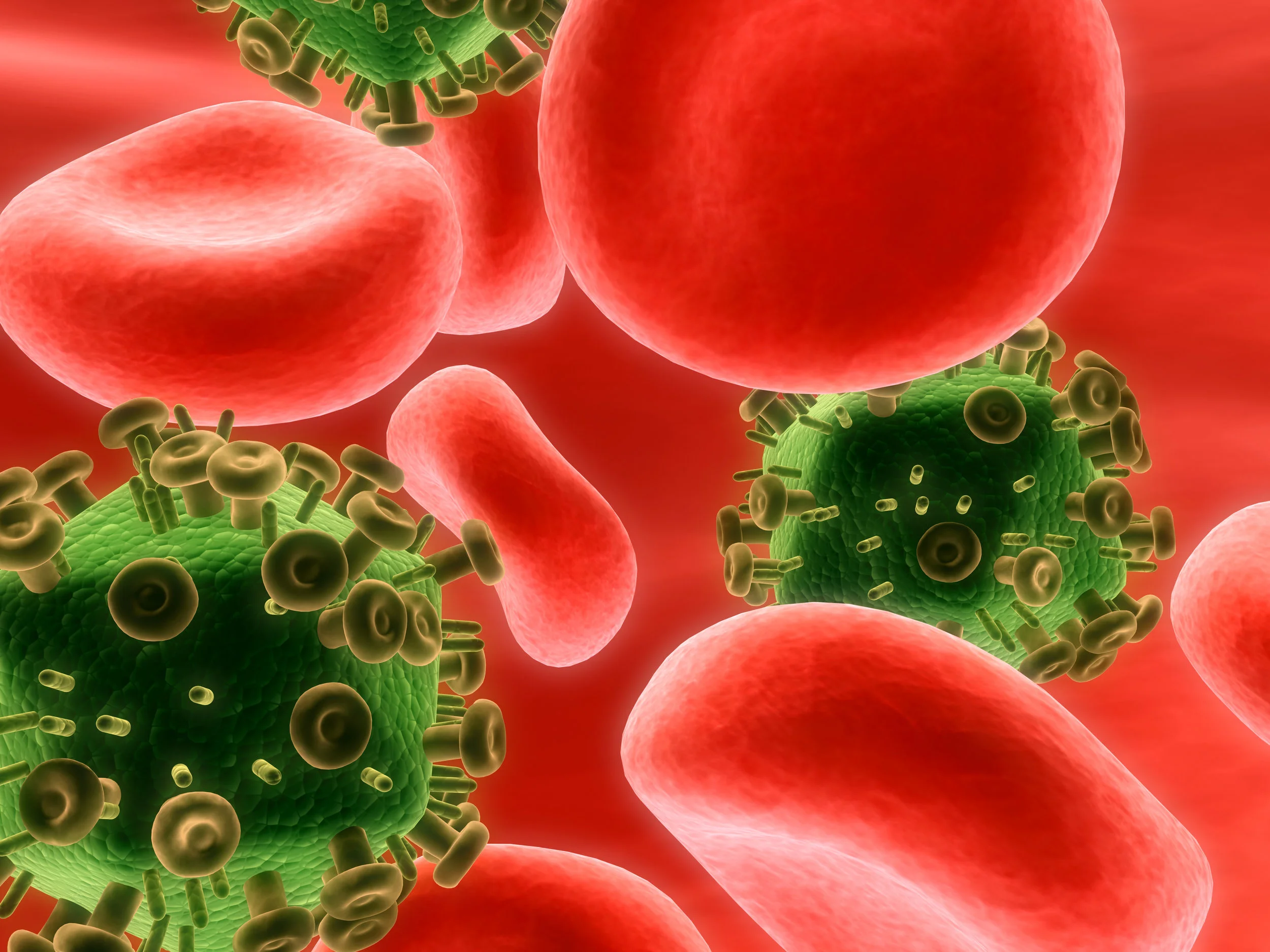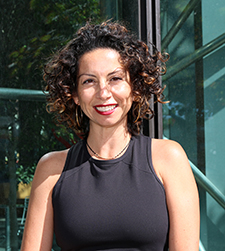PI: Andrew Badley, MD
Mayo Clinic College of Medicine, Rochester, MN
$200,000 (#109593)
Ixazomib to reduce HIV reservoir size: Cells have a recycling mechanism that disposes of or reuses old proteins—the proteasome. If the proteasome is disrupted, these damaged proteins persist, clogging up the cell and eventually leading to cell death. Ixazomib is a drug that is currently used in multiple myeloma, a form of blood cancer. Dr. Andrew Badley proposes to conduct a clinical study to test the ability of the drug to reduce the viral reservoir, the main barrier to a cure.
PI: Benjamin Burwitz, PhD
Oregon Health and Science University, Portland, OR
$199,948 (#109596)
Creation of CCR5 knockout Mauritian cynomolgus macaques for stem cell transplants:
The Berlin patient, the first and only patient so far to have been cured of HIV, received a stem cell transplant from a donor who was genetically resistant to HIV because the donor lacked a key HIV receptor, the protein CCR5. The Berlin patient’s difficult medical history and complications have made it difficult to determine exactly what led to his cure: was it the stem cell transplant, the complications presented by his new immune system attacking HIV-infected cells as part of a transplant complication known as graft vs. host disease, the chemotherapy and radiation used in the transplant, or some combination of these? Dr. Benjamin Burwitz proposes to answer these questions by generating a monkey model lacking CCR5, enabling him to test the multiple hypotheses concerning the Berlin patient’s cure.
PI: Andrew Henderson, PhD
Boston University School of Medicine, Boston, MA
$200,000 (#109603)
Disabling HIV provirus by promoting chromatinization: CRISPR/Cas9, a protein complex recently discovered in bacteria, has revolutionized biology because of the flexibility and ease with which scientists can use it to target and edit DNA, cutting out unwanted pieces, including the DNA form of HIV. Dr. Andrew Henderson is proposing to use this protein complex to silence the HIV DNA in a so-called “Block & Lock” approach. Unlike “Shock & Kill”, which requires the cell to wake up from latency- a formidable challenge - “Block & Lock” would permanently silence HIV and prevent the emergence of virus when ART is stopped.
PI: Brad Jones, PhD
The George Washington University, Washington, DC
$199,998 (#109606)
HLA-E specific TCR-like Antibodies for the Universal Targeting of Persistent HIV Reservoirs: Broadly neutralizing antibodies that target the viral protein Env—the only viral protein expressed on the surface of infected cells - must circumvent the high mutation rate of Env in order to be effective. On the other hand, viral proteins present inside the cell are much less subject to mutation but are poorly accessible to our body’s antibody making machinery. Because of a newly discovered immune mechanism, scientists have now found that the internal viral proteins may be digested and displayed on the surface of cells in a molecule called HLA-E. Dr. Brad Jones proposes to engineer antibodies that will recognize the digested protein/HLA-E complex and make the cell susceptible to death by Natural Killer cells.
PI: Fabio Romerio, PhD
University of Maryland, Baltimore, MD
$199,999 (#109612)
Permanent Silencing of HIV-1 Expression through the Polycomb Repressor Complex 2 epigenetic pathway: Dr. Fabio Romerio has uncovered a unique mechanism through which HIV drives its own latency, namely by making a molecule called Ast. He proposes that Ast participates in actively preventing the viral DNA from making virus. Dr. Romerio aims to determine how Ast asserts its effect and whether it can be delivered to all HIV infected cells to permanently and specifically block viral DNA. In contrast to the curative approach “Shock & Kill”, this “Block & Lock” approach aims to silence HIV and prevent the emergence of virus when ART is stopped.
PI: Joshua Schiffer, MD
Fred Hutchinson Cancer Research Center, Seattle, WA
$200,000 (#109614)
Anti-proliferative therapy for eradication of the HIV reservoir: Antiretroviral therapy (ART) controls viral load because the virus is prevented from infecting new cells. However, the reservoir persists even under ART through mechanisms that are still being uncovered. One possibility is that normal cell division of latent HIV infected cells maintains the reservoir even in the absence of viral replication. Dr. Joshua Schiffer aims to determine if CellCept, a drug that reduces cell replication – normally used to prevent organ transplant rejection - can also eliminate the persistence of the reservoir. His clinical trial will span 2 years, after which participants will discontinue their ART and determine whether the curative intervention worked.





















